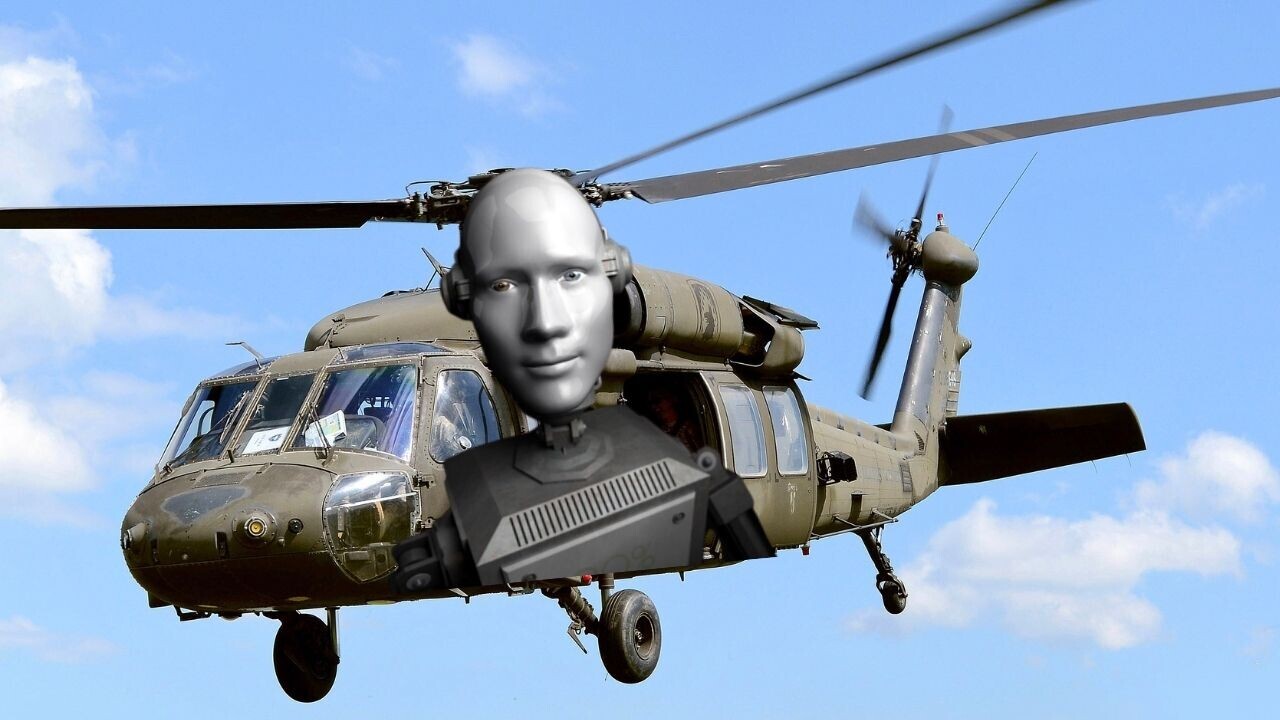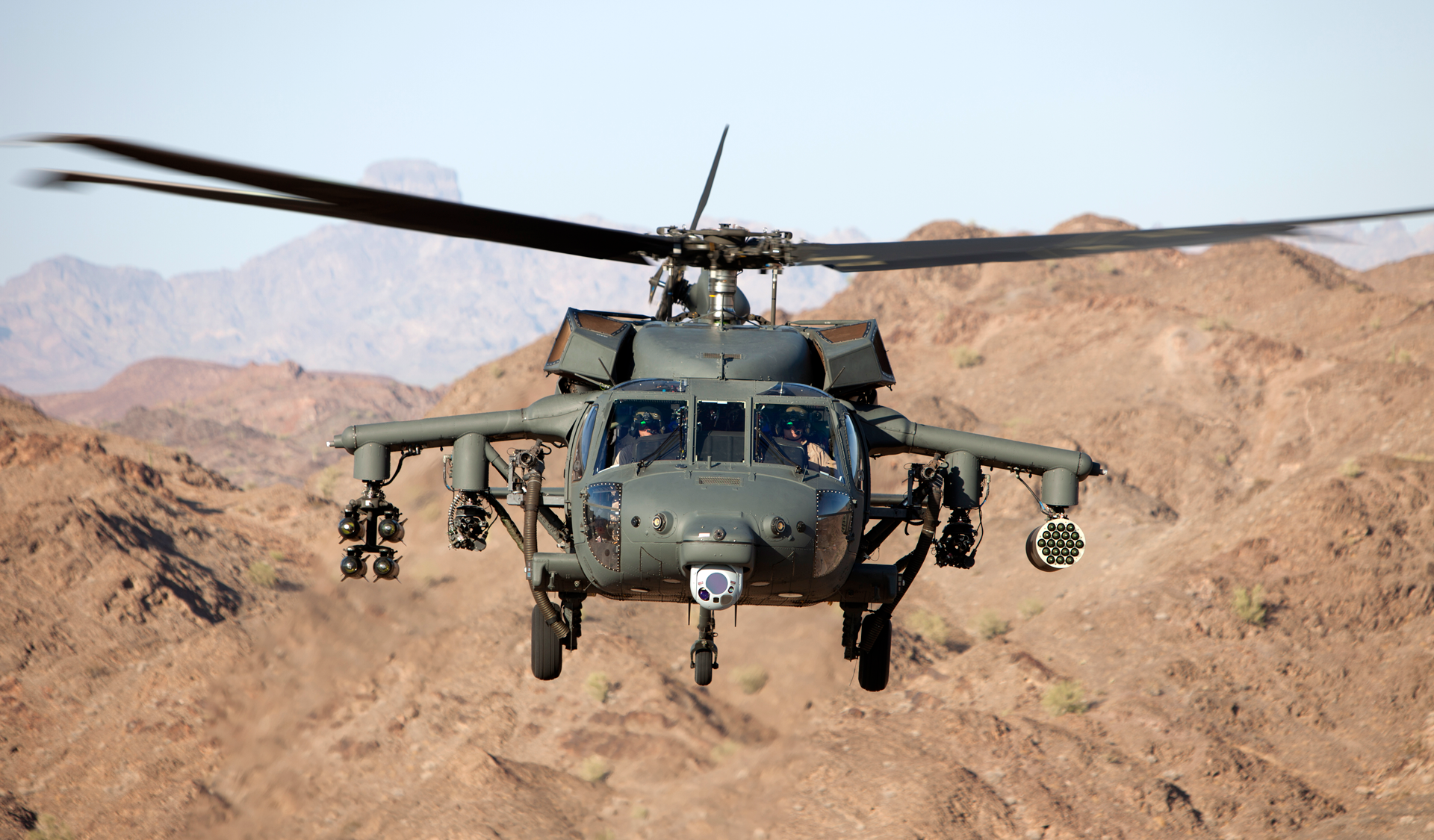Revealing the Power and Versatility of the Blackhawk Helicopter
The Blackhawk helicopter stands as a testimony to engineering quality and army advancement, dramatically forming the landscape of modern aerial procedures. As we explore its background and operational abilities, one have to consider exactly how the Blackhawk proceeds to influence modern combat strategies and altruistic initiatives alike.
History of the Blackhawk
The history of the Blackhawk helicopter is marked by considerable technological advancements and a tactical evolution in army aeronautics. Created in the late 1960s by Sikorsky Airplane, the UH-60 Blackhawk was at first developed to change the older UH-1 Iroquois, typically referred to as the "Huey." The Blackhawk's initial flight occurred in 1974, and it was officially presented to the united state Army in 1979.


This airplane was created to meet the demanding requirements of modern-day war, focusing on speed, resilience, and adaptability (Blackhawk Helicopter). Its ability to operate in numerous settings, coupled with advanced avionics and style functions, swiftly developed the Blackhawk as a vital property for military operations worldwide
Throughout the 1980s and 1990s, the Blackhawk saw extensive usage in numerous disputes, including the Gulf Battle and altruistic missions. The helicopter's flexibility enabled it to serve several roles, from army transport to medevac and logistical assistance. As technology progressed, so did the Blackhawk, bring about numerous versions that dealt with specific mission demands. Today, the Blackhawk stays a famous sign of military aeronautics, continually fine-tuned to meet contemporary difficulties.
Trick Features and Specifications
Blackhawk helicopters are renowned for their engineering excellence and operational flexibility, boasting a series of crucial attributes and requirements that improve their effectiveness in various army duties. One of the most substantial features is their dual-engine setup, commonly powered by the T700-GE-701C engines, which give phenomenal integrity and performance. The helicopter has an optimum cruise speed of around 150 knots and a service ceiling of about 20,000 feet, enabling it to operate successfully in diverse settings.
The Blackhawk's airframe is constructed from innovative composite products and light weight aluminum alloys, guaranteeing a robust structure while decreasing weight. It includes a totally verbalized rotor system that gives exceptional dexterity and security. The helicopter can accommodate approximately 11 combat soldiers or lug approximately 8,000 pounds of exterior cargo, making it very adaptable for different missions.
In Addition, the Blackhawk is equipped with innovative avionics and communication systems, enhancing situational awareness and objective coordination. Its capability to run in unfavorable weather, integrated with its reduced acoustic trademark, makes it a sneaky alternative for tactical operations. Overall, these functions add to the Blackhawk's reputation as a cornerstone of modern-day military aviation.
Versatile Operational Duties
Prominent for their engineering excellence and advanced capacities, Blackhawk helicopters serve a multitude of functional functions within armed forces frameworks. Originally developed for army transportation, their convenience has actually increased, enabling them to execute various objectives properly.
One of the primary duties of the Blackhawk is as an utility helicopter, assisting in logistical assistance by moving workers and products to and from remote locations. Additionally, they master clinical discharge (MEDEVAC) operations, outfitted with sophisticated medical devices and personnel to give critical care in the field.
In fight circumstances, Blackhawks can operate as armed escort systems, supporting ground pressures by engaging enemy possessions while making certain troop safety and security. Their ability for unique procedures makes them essential; they can conduct reconnaissance objectives, workers healing, and direct activity raids, typically in high-threat atmospheres.
Additionally, the Blackhawk's flexibility allows it to sustain humanitarian missions and disaster action efforts, providing aid and vital solutions in times of situation. This wide spectrum of functional duties shows the Blackhawk helicopter's unrivaled versatility, declaring its standing as an important possession in modern-day armed forces operations worldwide.
Technical Innovations
Various technical innovations add to the Blackhawk helicopter's exceptional efficiency and adaptability in varied functional atmospheres. Among the most substantial improvements is its composite rotor blades, which boost lift and ability to move while lowering weight and maintenance requirements. The blades system uses innovative materials that reinforce toughness and withstand environmental degradation, making certain trustworthy operation in severe conditions.
Furthermore, the Blackhawk is outfitted with a cutting edge avionics collection that integrates sophisticated navigating and interaction systems - Blackhawk Helicopter. This includes GPS, radar, and multi-function screens that facilitate real-time situational awareness for pilots, adding to mission success under challenging scenarios
Furthermore, the helicopter's fly-by-wire control system permits accurate handling and boosted responsiveness, offering pilots with boosted control throughout complex maneuvers. The consolidation of advanced engine technology, such as the T700-GE-701C engine, more boosts performance, using boosted power result and fuel performance.
Finally, modular design concepts enable quick reconfiguration for various goals, from troop transportation to clinical discharge, making the Blackhawk a flexible possession in army and altruistic operations. These technological innovations collectively guarantee that the Blackhawk stays a formidable presence in the skies.
Effect on Modern War

Equipped with innovative avionics and communication systems, the Blackhawk makes it possible for seamless coordination amongst ground and air devices, ensuring timely and precise reaction to vibrant fight scenarios. Its versatility enables quick release in varied atmospheres, from metropolitan settings to sturdy terrains, showing the diverse nature of contemporary warfare.
In Addition, the Blackhawk's premium speed and dexterity help with fast insertion and removal of personnel, reducing exposure to enemy fire. Its capability to operate in aggressive conditions, coupled with advanced protective measures, improves survivability and goal success prices.
As modern disputes increasingly rely upon joint operations and fast reaction, the Blackhawk helicopter continues to be at the center of military technique, embodying the development of air mobility and the crucial duty of air power in achieving critical objectives. Its influence on modern warfare remains to redefine the capabilities of militaries internationally.

Final Thought
Finally, the Blackhawk helicopter exemplifies the intersection of innovative engineering and operational convenience, solidifying its standing as a keystone visit the site of contemporary armed internet forces aeronautics. Its historical significance, remarkable functions, and versatility across different mission accounts highlight its crucial role in contemporary warfare. As technical advancements remain to boost its capacities, the Blackhawk continues to be an essential possession for militaries globally, showing unparalleled performance in both combat and altruistic procedures.
The Blackhawk helicopter stands as a testimony to design excellence and armed forces technology, dramatically forming the landscape of contemporary airborne operations.The history of the Blackhawk helicopter is noted by considerable technical innovations and a calculated advancement in army aeronautics.Blackhawk helicopters are renowned for their design quality and operational adaptability, flaunting a variety of crucial attributes and requirements that boost their performance in different army functions.Numerous technological innovations contribute to the Blackhawk helicopter's exceptional efficiency and adaptability in diverse functional atmospheres.In conclusion, the Blackhawk helicopter exhibits the crossway of sophisticated design and functional adaptability, solidifying its standing as a keystone of modern my website armed forces air travel.